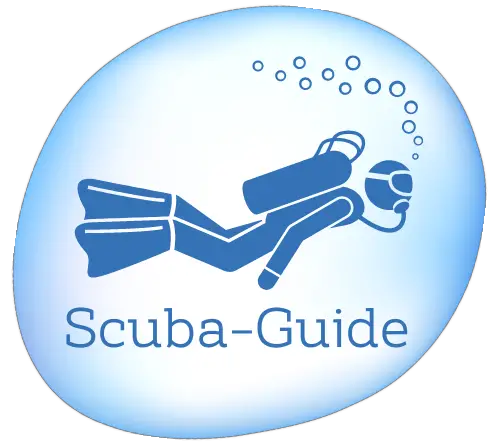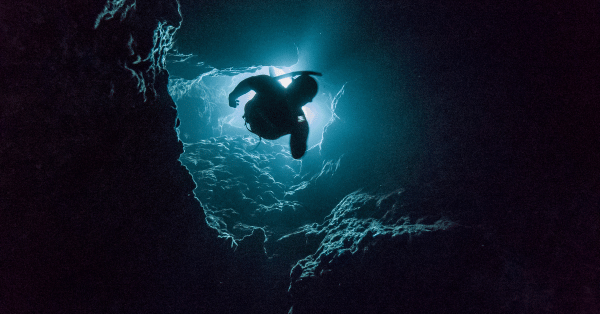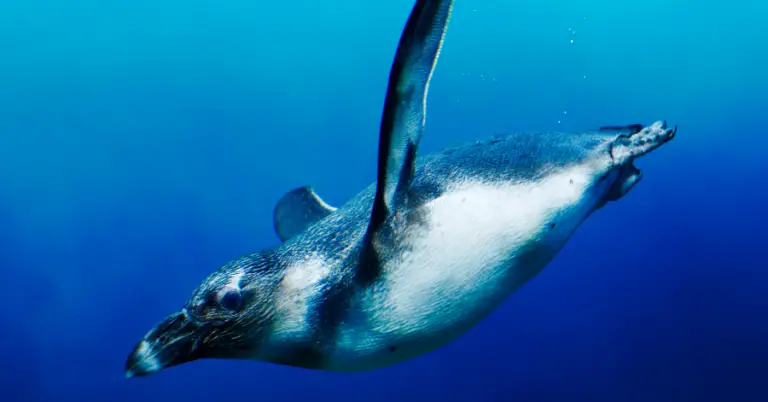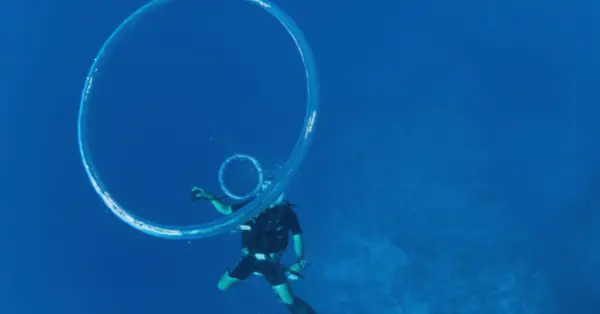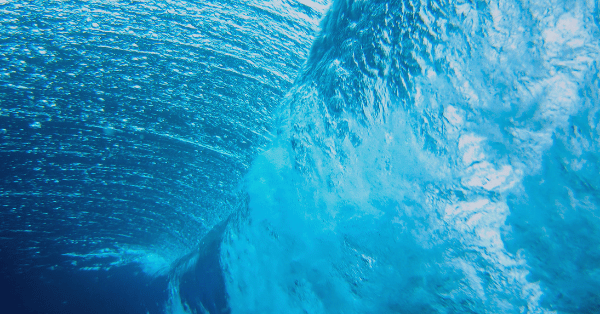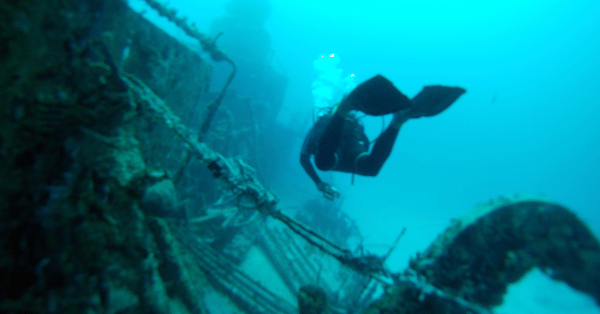How to become a PADI rescue diver
If you’re a certified sport diver, you may have thought about becoming a rescue diver. This is a very important specialty that can help save lives.
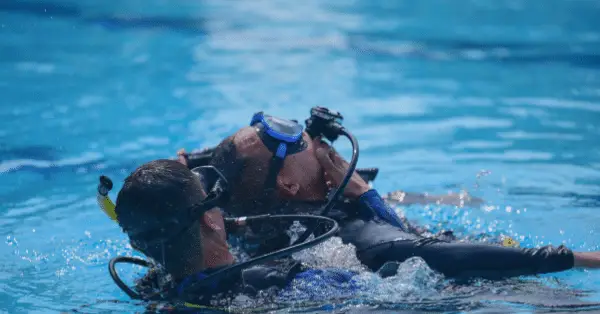
But what does it take to become a rescue diver? Here’s everything you need to know.
How to become a rescue diver?
First, you must have at least an Advanced Open Water certification and be comfortable in the water. You’ll also need to take a Rescue Diver course, which will include both classroom instruction and pool time. During this course, you will learn about preventing diving accidents, self-rescue techniques, and how to assist other divers in distress.
PADI rescue diver course
The PADI rescue diver course consists of two elements: the learning and practice sections.
The theoretical part can be completed in an independent self-study PADI e-learning course. This online course consists of video and written study materials, as well as knowledge quizzes. The total time commitment is about 8 to 12 hours.
Alternatively, you can complete the theoretical rescue diving knowledge development section at your local dive center. Instructors will guide you through the materials in a classroom environment.
The second, practical part of the PADI rescue diving course takes place with an instructor in confined and open water.
First, you will learn and practice the required rescue techniques and skills in confined water such as a pool.
Secondly, divers will conduct four open-water dives. The first two are repeating the skills learned in the confined water. The last two dives are simulated complete rescue scenarios at real dive sites. They can be stressful but also very fun. Common scenarios are:
- Calming a stressed diver
- Rescuing an unresponsive diver
- Rescue breathing
- Guiding someone out of a strong underwater current
The water training sessions will require a time commitment of 4 to 7 days. If you’ve completed the e-learning course, this on-site time is less.
Similarly to the Open Water certification, you will have to show your learned skills to earn the certification.
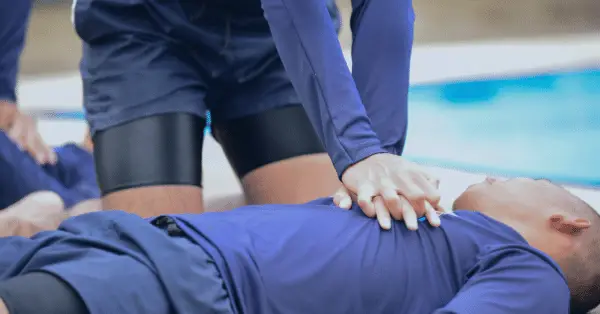
Requirements for becoming a Rescue Scuba Diver
- The minimum age to become a PADI rescue diver is 12 years.
- Divers must have completed the Open Water certification in combination with the Underwater Navigation Adventure Dive and Adventure Diver certification. The Advanced Open Water certification is equivalent to those certifications and is accepted, too. (The PADI certification chart illustrates the certification levels.)
- Must have completed CPR and first aid training within the last 24 months. Alternatively, divers can enroll in an Emergency First Response (EFR) primary and secondary care course with the rescue scuba diving training agencies.
- Divers must be in good health and be fit enough for diving.
What can you do as a certified rescue diver?
Once certified as a rescue scuba diver, there are many ways you can put your new skills into practice. The rescue diver certification qualifies divers with a minimum age of 18 to become a Divemaster.
Then could help out with teaching beginner classes or work on search and recovery operations. Additionally, some dive centers may offer specialties such as night diving or deep diving, for which they might require trained divers in order to participate.
It’s important to remember that although being a rescue diver can be very rewarding, it should not be taken lightly. You must be prepared to handle any emergency situation and make quick decisions on how best to help the affected person. It is also essential that you stay up-to-date with your skills by taking refresher courses periodically.
Junior rescue diver certification
Any certified rescue diver between the age of 12 and 14 years will earn the Junior Rescue Diver certification. When a Junior Rescue Diver reaches her 15th birthday, they will automatically lose the Junior title and become a PADI Rescue Diver. However, the certification card may not reflect that change. Any purchase of a replacement or new eCard will automatically reflect the change, but PADI will not automatically issue a new card. Any PADI or SSI dive center will recognize the age – so there’s no need to change the certification card.
Benefits of becoming a certified Rescue Diver
There are many benefits to becoming a certified rescue diver. Not only can you help save lives underwater, but you will also gain valuable experience that can help make you a better diver.
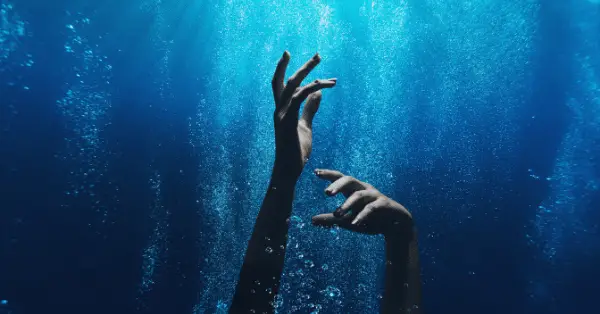
PADI rescue diver FAQs
How long does it take to be a rescue diver?
The entire PADI rescue diver course takes about 4 to 7 days, with a theoretical part of 8 – 12 hours. It’s recommended to complete the PADI online learning course before starting the course at your local dive center.
Additionally, divers may need to account for CPR and first aid training.
How deep can a PADI rescue diver go?
The PADI rescue diver certification builds upon your previous recreational dive certifications. The minimum certification level is the combination of the Open Water + Navigation + Adventure Diver certification. This allows for a maximum depth of 100 feet/30 meters.
Alternatively, if the rescue diver holds the advanced open water certification, the depth limit is 100 feet/30 meters.
The rescue diver certification itself does not add any depth limits.
How many dives do you need to become a rescue diver?
There is no minimum number of dives you must have logged to enroll in the PADI rescue diver training. However, counting the dives you must have conducted to acquire the prerequisites, it’s a minimum of 9 dives (4 in the Open Water and 5 in the Advanced Open Water certification training).
Does the PADI rescue diver certification expire?
The PADI rescue diver certification does not expire. However, it’s recommended to refresh your skills constantly. Like for every dive, it’s advised to do a refresher dive or course if you haven’t been diving for 6 months or longer. Even experienced and trained divers must be aware of the scuba diving dangers.
Conclusion
Becoming a certified rescue diver is an amazing way to expand your knowledge, gain valuable experience and help others. It can be both rewarding and challenging – but it could also save lives.
If you’re interested in becoming a certified rescue diver, make sure you have the right level of certification and the necessary training before doing so. With the correct preparation, you can become an amazing Rescue Diver who is ready to help others out when needed.
P.S. most recreational divers stop at their coursed after becoming advanced open water divers. Specialty courses like the rescue diver are also great gifts for scuba dive buddies.
